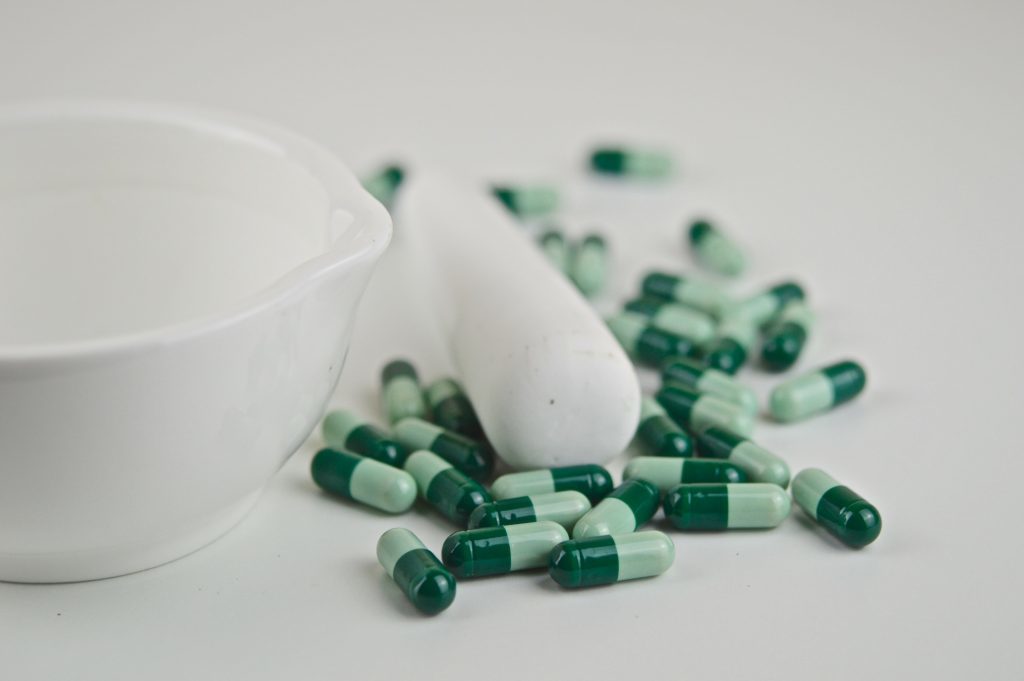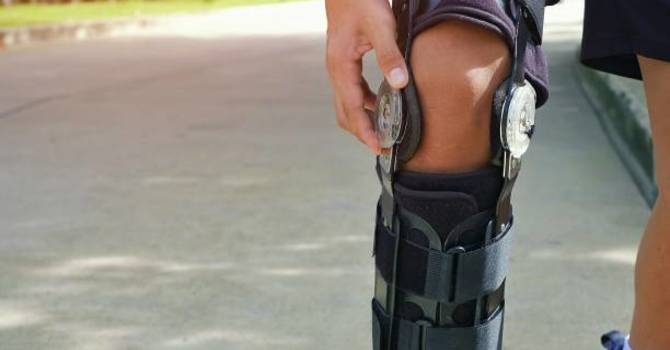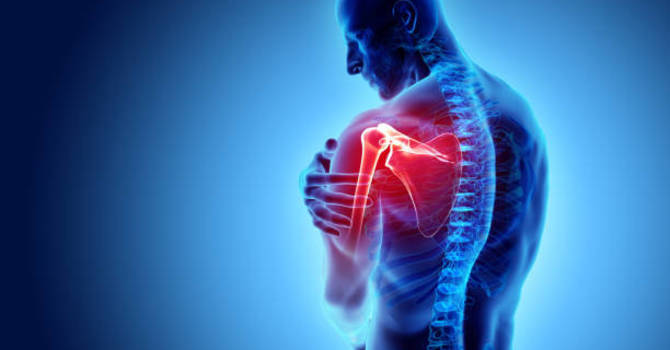
At Tulsi Wellness Club in San Diego, our nautropathic doctors are dedicated to providing cutting-edge treatments and personalized care to enhance your health. One innovative approach that has garnered attention is the use of Low Dose Naltrexone (LDN) for managing fatty liver disease. In this article, we will explore what Low Dose Naltrexone is, how it is administered, and how it may benefit those dealing with fatty liver.
What is Low Dose Naltrexone?
Low Dose Naltrexone (LDN) is a low-dose formulation of Naltrexone, a medication traditionally used to treat opioid addiction. At standard doses, Naltrexone works by blocking opioid receptors in the brain, which helps reduce cravings and withdrawal symptoms. However, when used in much smaller doses, typically ranging from 1 to 5 milligrams, LDN is employed off-label for a variety of health conditions.
The mechanism of LDN at low doses differs from its higher-dose use. LDN temporarily blocks opioid receptors, leading to a rebound increase in endorphins—natural chemicals in the body that help regulate pain, mood, and immune function. This effect is thought to contribute to its therapeutic benefits for various conditions.
What is Fatty Liver?
Fatty liver disease, or hepatic steatosis, is a condition characterized by the accumulation of fat in liver cells. This can lead to inflammation and liver damage if left untreated. Fatty liver disease is often associated with metabolic syndrome, which includes conditions such as obesity, insulin resistance, and type 2 diabetes.
There are two main types of fatty liver disease:
- Non-Alcoholic Fatty Liver Disease (NAFLD): This type is not related to alcohol consumption and is commonly associated with obesity, diabetes, and high cholesterol.
- Alcoholic Fatty Liver Disease: This type results from excessive alcohol consumption and can progress to more severe liver damage.
How is Low Dose Naltrexone Given?
Low Dose Naltrexone is typically administered as a daily oral tablet, with doses ranging from 1 to 5 milligrams. The medication is usually taken at bedtime to align with the body’s natural circadian rhythms and minimize potential side effects, such as vivid dreams or sleep disturbances.
At Tulsi Wellness Club, we tailor the LDN treatment plan based on a thorough assessment of your health status and specific needs. This personalized approach ensures that the dosage and timing are optimized for your condition.
How Does Low Dose Naltrexone Work for Fatty Liver?
The use of Low Dose Naltrexone for fatty liver disease is an emerging area of research, and while not yet a standard treatment, several potential mechanisms suggest how LDN might benefit those with this condition:
-
Reduction of Inflammation: Fatty liver disease often involves chronic inflammation in the liver. LDN may help reduce inflammation by increasing endorphin levels, which can modulate the immune response and potentially lessen liver inflammation.
-
Improved Insulin Sensitivity: Insulin resistance is a key factor in the development of fatty liver disease. LDN might improve insulin sensitivity through its impact on endorphin levels and metabolic regulation, thereby helping to manage and reduce fat accumulation in the liver.
-
Support for Liver Function: By modulating immune function and reducing oxidative stress, LDN may support overall liver health and help prevent further progression of liver damage.
-
Potential Metabolic Benefits: LDN’s effects on metabolism and endorphin production might contribute to better weight management and improved metabolic function, which are crucial for managing fatty liver disease.
What to Expect on Low Dose Naltrexone
When starting Low Dose Naltrexone for fatty liver disease, it’s important to have realistic expectations. Some individuals may experience improvements in liver function and inflammation within a few weeks, while others might take several months to notice significant benefits. Consistency with the medication and regular follow-up with our team are essential for monitoring progress and adjusting the treatment plan as needed.
Side effects from LDN are generally mild and may include temporary digestive changes or sleep disturbances. These effects usually diminish as your body adjusts to the medication.
Conclusion
Low Dose Naltrexone presents a promising option for managing fatty liver disease, offering potential benefits through inflammation reduction, improved insulin sensitivity, and overall liver support. At Tulsi Wellness Club, we are committed to providing personalized care and exploring innovative treatments to help you achieve your health goals. If you have questions about LDN for fatty liver or if you’re considering it as part of your treatment plan, please contact us. Our team is here to support you every step of the way and ensure you receive the best possible care for your well-being.
Dr. Devin Stone
Contact Me



